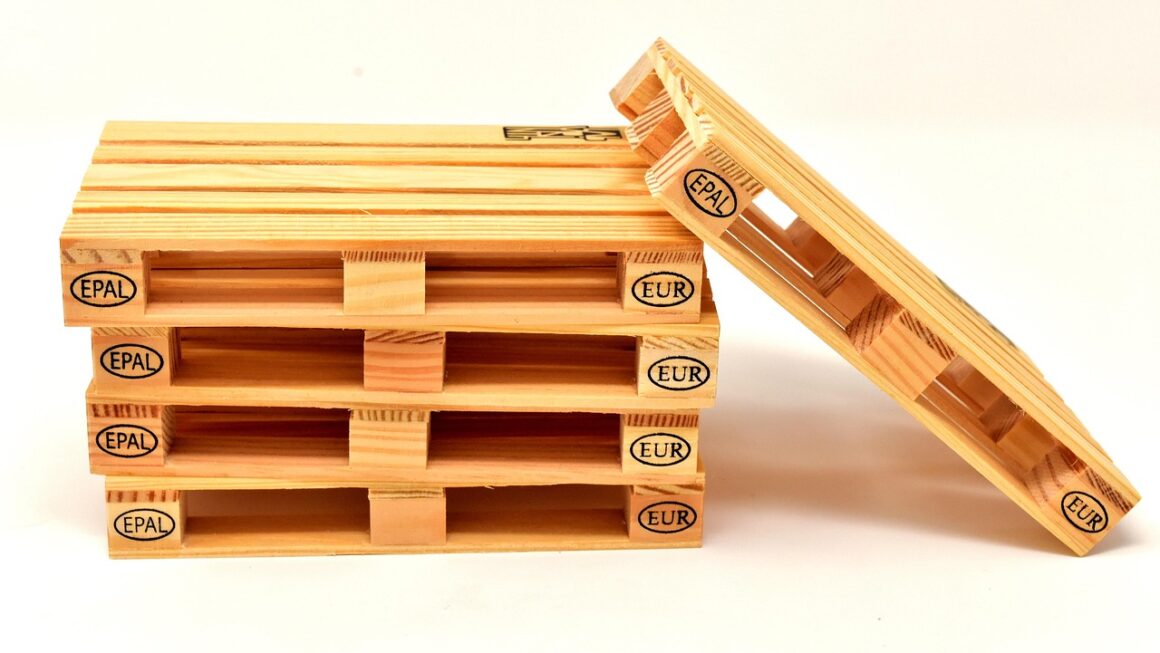Aluminum composite material (ACM) is a lightweight, durable panel made by bonding two thin aluminum sheets to a solid core, often polyethylene. This structure provides strength and rigidity while remaining easy to handle and weather-resistant. It is widely used in building cladding, signage, and architectural designs due to its versatility and cost-effectiveness.
Its combination of sleek appearance, light weight, and durability makes ACM an attractive choice for both indoor and outdoor applications. The material’s ability to flex without losing integrity allows for creative architectural solutions that meet functional and aesthetic needs.
ACM panels come in different types, including fire-resistant and honeycomb cores, offering options tailored to specific project requirements. This adaptability contributes to its growing role in modern construction and design industries.
What Is Aluminum Composite Material?
Aluminum composite material (ACM) consists of layered components engineered to deliver strength, light weight, and durability. Its design offers flexibility for various applications, balancing structural integrity with aesthetic quality. ACM types and properties differ based on construction details and core materials.
Core Components and Construction
Aluminum composite material is made by bonding two thin aluminum sheets to a non-aluminum core. The aluminum layers typically provide rigidity, corrosion resistance, and a smooth surface.
The core material commonly consists of polyethylene (PE) or fire-resistant substances depending on safety requirements. This core provides thickness and impact resistance without significantly increasing weight.
Together, these layers form a panel that combines the benefits of metal with the flexibility and lightness of a composite structure. This layered construction makes ACM panels easier to handle and install compared to solid metals, while maintaining necessary strength for architectural and industrial uses.
Key Properties and Advantages
ACM panels are valued for their light weight and high rigidity. They can be up to 60% lighter than solid aluminum or steel of the same size. This weight reduction allows for easier transportation and less structural support in building projects.
The material resists corrosion, weathering, and wear, extending the lifespan of installations. Its smooth surface supports a variety of finishes, including paint or printed graphics.
In addition, ACM offers thermal insulation when using specific core types, and some models include fire-retardant cores to meet safety regulations. These combined properties make ACM suitable for cladding, signage, and interior decor applications where durability and appearance are important.
Types of Aluminum Composite Material
There are several types of aluminum composite materials tailored to different uses:
- PE Core ACM: Standard version with a polyethylene core, lightweight and cost-effective but less fire resistant.
- Fire-Resistant ACM: Core made from mineral or modified materials to meet fire safety codes.
- Honeycomb Core Panels: Incorporate an aluminum honeycomb structure inside for increased stiffness and strength with reduced weight.
- Specialty Panels: Designed for specific applications like increased impact resistance or acoustic insulation.
Each type is chosen based on requirements for strength, fire safety, weight, and cost in construction or manufacturing projects.
Applications of Aluminum Composite Material
Aluminum composite material (ACM) is chosen for its light weight, strength, and resistance to weather and fire. Its use spans various sectors, with specific benefits that suit different structural and design needs.
Architectural Uses and Building Facades
ACM panels are widely used in exterior cladding for buildings due to their durability and lightweight nature. They resist moisture, UV radiation, and chemicals, which extends the lifespan of facades. The material’s smooth surface allows for a sleek, modern look that architects favor.
Its fire-resistant properties add a layer of safety to high-rise buildings. ACM also supports energy efficiency when combined with insulation materials. Examples include facades on commercial complexes and skyscrapers where maintenance ease and aesthetic appeal are priorities.
Signage and Advertising
The lightweight and customizable nature of ACM makes it ideal for signage. It can be easily cut, printed on, and shaped to suit various designs. Its durability enables outdoor signs to withstand harsh weather without fading or warping.
Businesses use ACM panels for storefront displays, billboards, and promotional stands. The material’s smooth surface allows vivid, high-quality graphic application. This enhances visibility and brand presentation while minimizing maintenance costs over time.
Transportation and Industrial Applications
In transportation, ACM’s strength-to-weight ratio benefits automotive and aerospace industries. It reduces vehicle weight, improving fuel efficiency without compromising structural integrity. The material also offers high corrosion and wear resistance.
Industrially, ACM panels serve in equipment housing and protective barriers. The combination of toughness and lightness facilitates installation and reduces overall operational costs. Custom fabrication expands its use across diverse transport and manufacturing needs.


